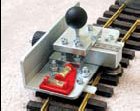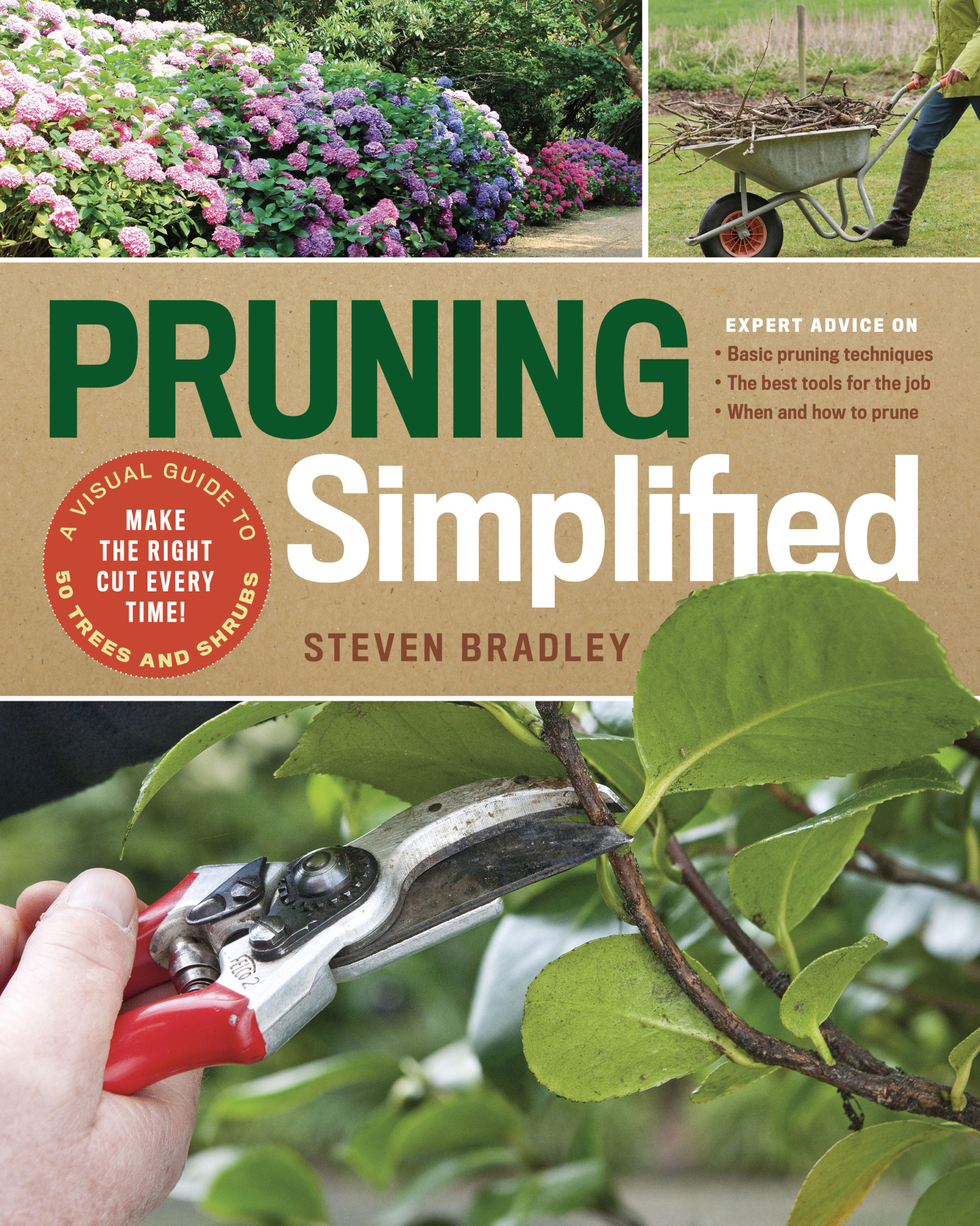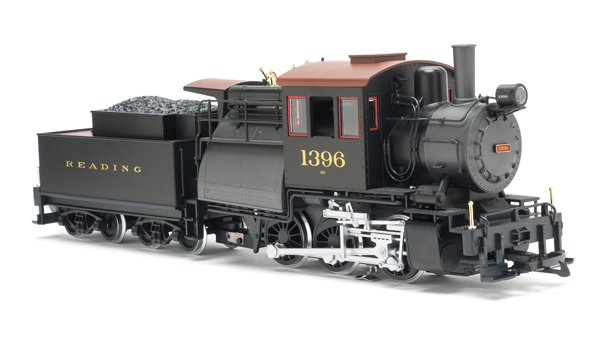Railbender for 45mm track
Train-li-USA
3 Kensington Way
Upton MA 01568
Price: $265 + s&h
Web site: www.train-li-USA.com
EasyBend-DuoTrack Railbender for gauge-1 track; #15-079 for code 250; #15-131 for code 332; galvanized-steel construction; simultaneously bends both rails on a section of track
Pros: Sturdy construction; easy to use; calibrated scale on slider allows for duplication of a set curve
Cons: None
years and, by and large, they all work the
same. You thread a single rail through a set
of rollers, which puts a bend in the rail.
Once the rail’s bent, you then thread the
plastic ties onto the rail to assemble your
track sections. It’s not rocket science, but it
is horribly tedious and, if you’ve bought
pre-assembled flex-track sections, you’ve
got to disassemble the things first.
The Train-li railbender is a whole different
animal. For starters, it bends both
rails at the same time and it eliminates
the need to disassemble the track to bend
the rail! You can buy straight flex-track
sections, run them through this railbender,
and end up with evenly curved track
sections. It actually uses the ties to help
keep things even as the rollers pass over
the rail.
Unlike typical railbenders that fit
around the entire rail profile, the Train-li
railbender rests on the railheads, and its
rollers act only on the head and the web
of the rail. This keeps the mechanics of
the roller free from hitting the spikes or
ties along the base of the rail.
The bender has a calibrated scale on
it, so you can tell exactly where it is
set. This allows you to consistently
repeat curves on your track, if you need
to bend the rail in multiple passes or
are bending different radii. Since rail
materials differ, there’s no chart saying
“X = 10′ diameter,” but, as you use the
railbender, you’ll discover what works
for your particular rail.
An additional advantage to this bender
is that it allows for smooth bending
even through the ends of the rail sections.
By using any of the commercially available
rail clamps, such as Hillman’s, you
can add lengths of rail to the end of the
rail you’re bending to keep the curves
smooth over the entire length. Other railbenders
would catch on such clamps, so
the last 1″ or so of the rail section
couldn’t be bent smoothly. You could,
theoretically, continually thread section
after section of flex track through the
bender, resulting in a very long curved
section of track.
Train-li also sells what they call a Flextrack
lockdown clamp, (#15-036 for code
332, #15-080 for code 250), which can be
used when bending lengths of flex track.
You place this clamp on one end of a
length of flex track, and bend the rail
from there. This keeps the one end stable,
and allows the inside rail to slide as the
railbender passes, so only one cut needs
to be made on the second end to make
the rail ends even again.
One last neat feature of this railbender is
that it can be used on track that is being laid in
place. I wish I had had this when I was laying
track this past summer! The railbender has two
spirit levels on it, so you can check the level of
your track from side-to-side (very important)
and up and down. (It would be neat if the longaxis
level [up and down] was graduated to
show grade percentage, but that’s something
the user can do easily enough.) You simply start
with one section of track, roll the railbender
over it until it’s to the desired curve, then attach
the next section and keep on rollin’. Once the
snow melts, I’m going to take the railbender
outside and give my rails a once-over anyway,
just to mitigate the internal forces that want to
push the rails outward.
This is by far one of the most innovative
track-laying tools I’ve seen. It’s slick,
plain and simple. It does what it’s advertised
to do, does it well, and it’s built to
last. It will save you immeasurable time
and energy when it comes to laying your
track.














